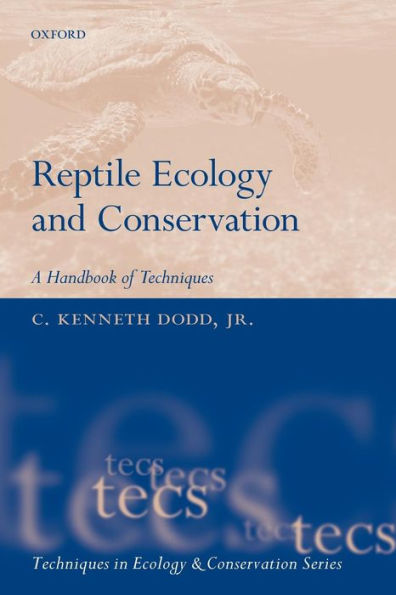5
1
9780198726142


Reptile Ecology and Conservation: A Handbook of Techniques available in Paperback

Reptile Ecology and Conservation: A Handbook of Techniques
- ISBN-10:
- 0198726147
- ISBN-13:
- 9780198726142
- Pub. Date:
- 07/05/2016
- Publisher:
- Oxford University Press
- ISBN-10:
- 0198726147
- ISBN-13:
- 9780198726142
- Pub. Date:
- 07/05/2016
- Publisher:
- Oxford University Press
76.0
In Stock

Product Details
| ISBN-13: | 9780198726142 |
|---|---|
| Publisher: | Oxford University Press |
| Publication date: | 07/05/2016 |
| Series: | Techniques in Ecology & Conservation |
| Edition description: | Reprint |
| Pages: | 492 |
| Product dimensions: | 6.10(w) x 9.10(h) x 1.00(d) |
About the Author
From the B&N Reads Blog
